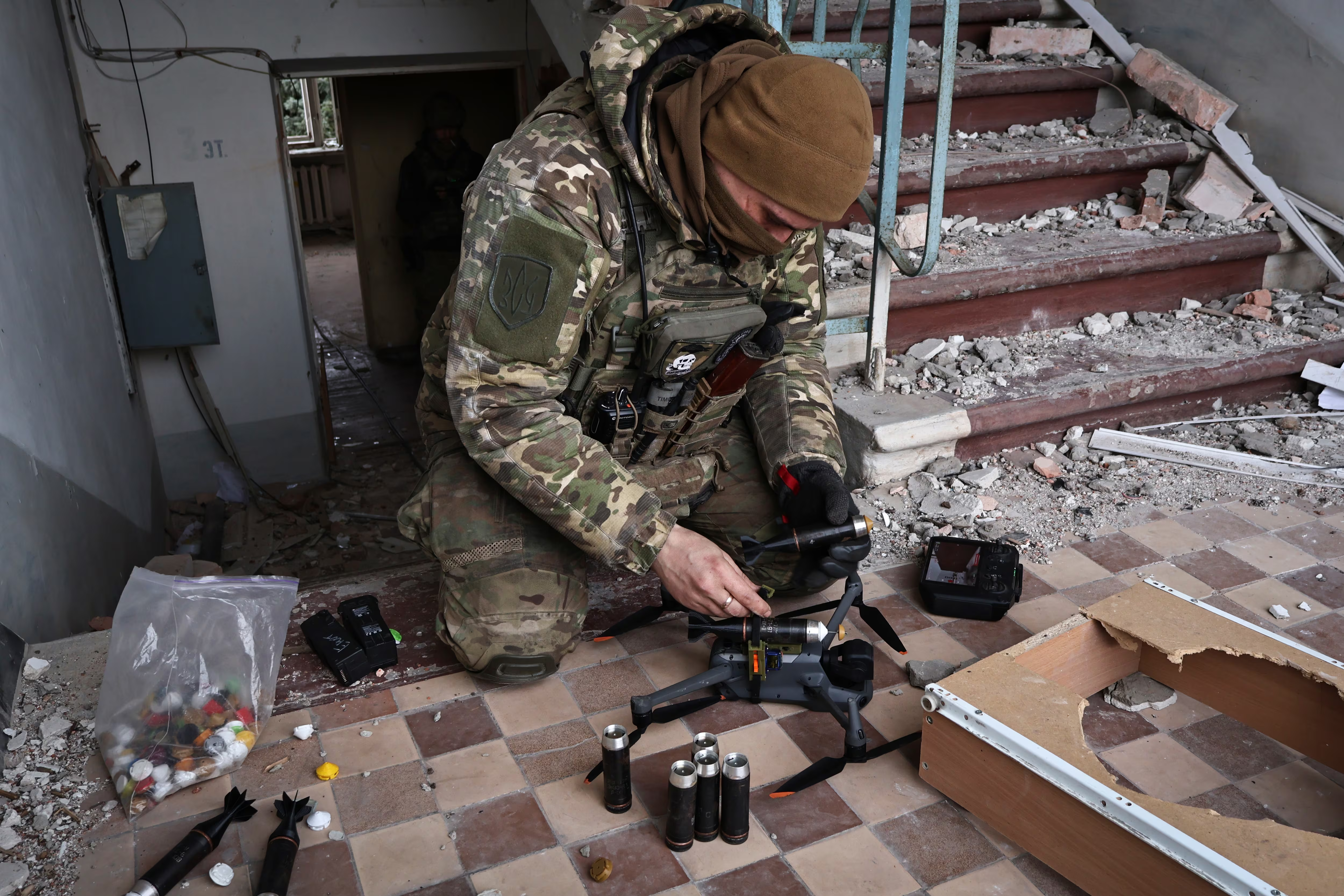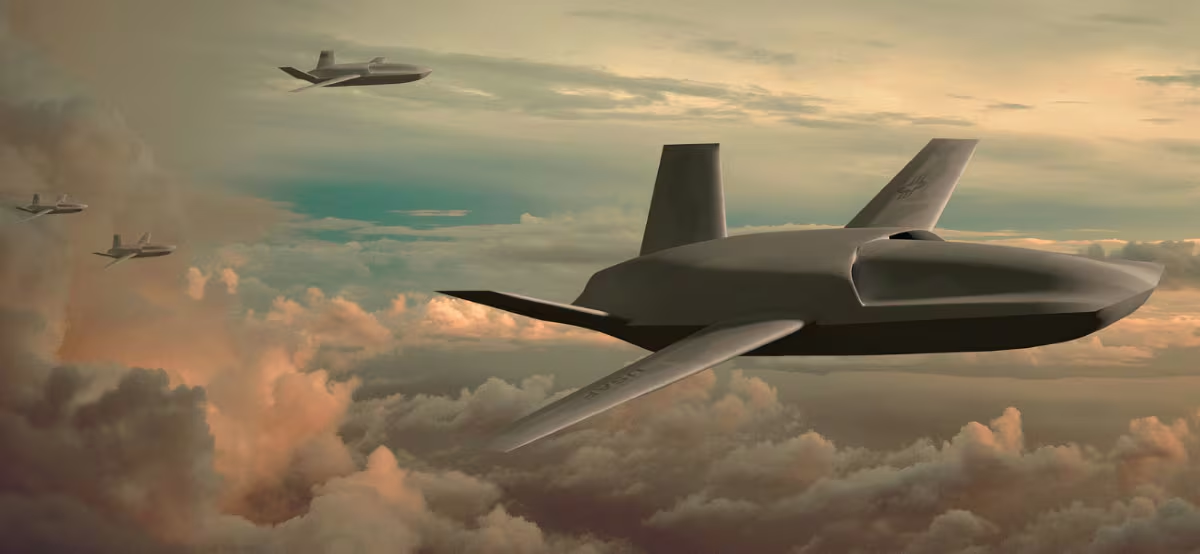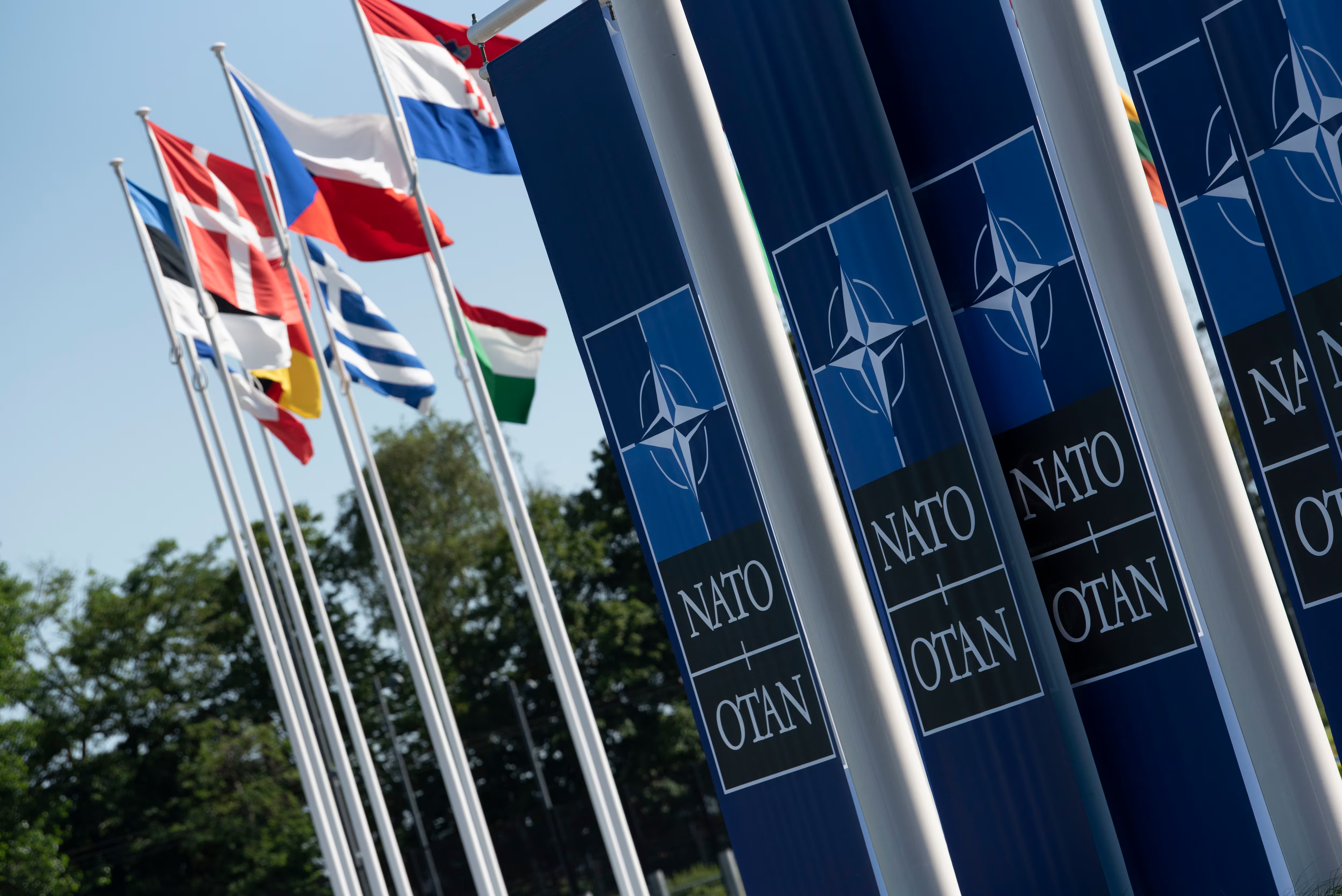“Mars must be fed. His tools of war demand huge quantities of fodder, fuel, ammunition, and food.” — John A. Lynn, Feeding Mars
The enduring conflicts in Ukraine, the Levant and Red Sea underscore the tumultuous nature of the global security environment. The United States’ adversaries and challengers are growing increasingly aligned in their efforts to undermine the international order and disrupt global stability. A coercive and aggressive Chinese Communist Party is militarizing at a wartime pace. The U.S. and our European allies face depleted arsenals while tensions in the Middle East continue to boil, increasing concerns that these challenges will require the joint force to make trade-offs between competing defense priorities. Herein lies the central defense challenge of today: ensuring the joint force has the requisite capabilities and capacity — the depth of magazine — to support U.S. allies and partners and sustain a protracted campaign of its own.
Depth matters
The depth of our nation’s magazine extends beyond ammunition storage and weapons. It encompasses our munitions, fuel and food stockpiles, and prepositioned inventories. It also includes the resiliency of our supply chains and the strength and depth of our industrial capacity. Additionally, it requires a deep bench of reserve and rotational forces that can relieve, reinforce and enable rapid reconstitution. Most importantly, it must effectively meet the needs of a short- and long-term time horizon.
While the joint force is postured to meet defense requirements now, the uncertainty of the future operating environment and the unpredictability of our adversaries heighten the risks associated with a shallow magazine. For example, an insufficient supply of aircraft, ammunition or aviators could limit our strike warfare operational tempo in the Indo-Pacific.
In the case of Russia’s invasion of Ukraine, Russian leadership failed to plan for the resources required to sustain their formations beyond the opening stages while limited inventories likely constrained the scope of Ukraine’s 2023 counteroffensive. While Ukraine registered an operational demand for 250,000 artillery rounds per month in the lead-up, they were limited to approximately 90,000 artillery rounds per month at the height of the counteroffensive.

Ukraine has recognized it cannot solely rely on allies and partners and is working to expand the capacity of its industrial base. These efforts are proving fruitful, particularly in drone production. The number of domestic drone manufacturers has grown from seven to over 300 within the last eighteen months to keep pace with the Ukrainian armed forces’ consumption of over 10,000 unmanned platforms per month. However, production capacity takes time.
The clear lesson here is that limited capacity could force the U.S. to limit the scope of its military objectives or operational force employment if it is determined that a long-duration, high-tempo campaign is unsustainable. Most importantly, it could undermine the credibility of U.S. deterrence and embolden our adversaries.
The short, sharp illusion
Cathal J. Nolan systematically examines the Second Punic War, the Hundred Years’ War, the War of Spanish Succession, the Napoleonic Wars and the world wars in his 2017 book, “The Allure of Battle: A History of How Wars Have Been Won and Lost.” He underscores that great power warfare is a society-encompassing affair that uses the full extent of a nation’s industrial capacity and political will. Major wars are most often won by the state with greater long-term capability and capacity.
The myth of the short, sharp conflict does not reflect the historical record, nor does it serve as a prudent planning factor for future conflict. Regardless of theater, joint and coalition forces need a depth of magazine that can last years — not months. China is increasing its weapons inventory five to six times faster than the United States while building multilayered antiaccess, area-denial defenses. Any conflict with China would produce an insatiable appetite for resources.
Not easy work
During the recent NATO summit in Washington, D.C., NATO Secretary General Jens Stoltenberg noted the alliance has failed to keep up with the demands of the ongoing war in Ukraine. Whether hampered by policy, politics or production capacity, NATO is not matching Russia’s renewed wartime production. Building and maintaining a depth of magazine requires proactive decision-making.
Closer coordination and teaming between government, defense and commercial industry will be required to meaningfully accelerate and scale critical capabilities in areas where industry is clearly in the lead. The U.S. should pursue procurement solutions and block buys of exquisite weapons, platforms and munitions while leveraging allies’ and partners’ ability to manufacture high quantities of defense commodities to focus on the capabilities that will be needed in a future high-end, high-intensity conflict. Ultimately, depth of magazine, along with a strategy to win beyond the opening stages of a conflict, should be carefully planned for and initiated well prior to the onset of conflict. That time is now.
Mars must be fed
History tells us that great power conflict comes with a high likelihood of protraction. If the U.S. is to maintain a credible deterrent and prevent the outbreak of a protracted war, the U.S. and its allies and partners must have deep enough magazines to sustain military operations in a long, high-intensity conflict. An insufficient inventory risks limiting the operational tempo and scope of military objectives or undermining our ability to sustain a protracted conflict. Ultimately, the depth of our magazine will determine the credibility of U.S. deterrence and our ability to protect national security.
Gen. Christopher Mahoney is the assistant commandant of the U.S. Marine Corps.








